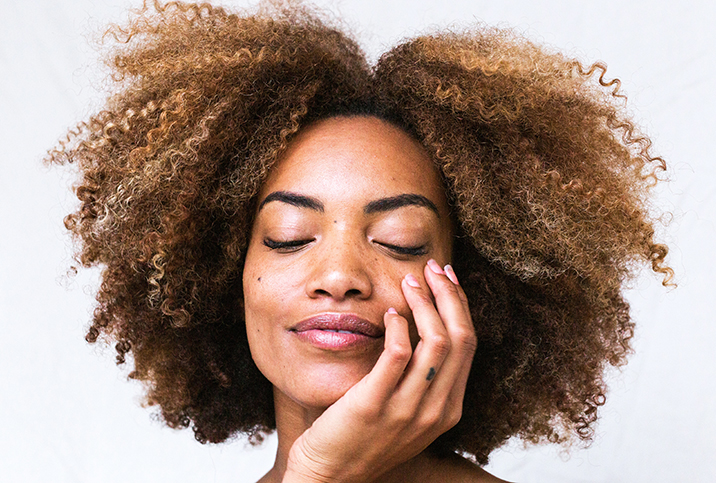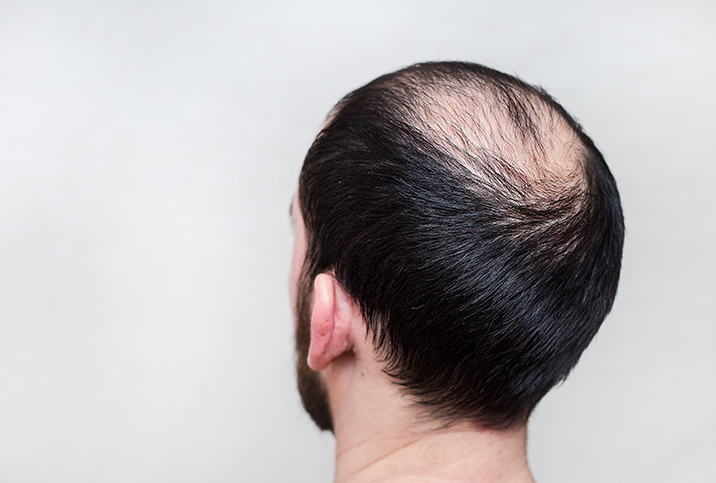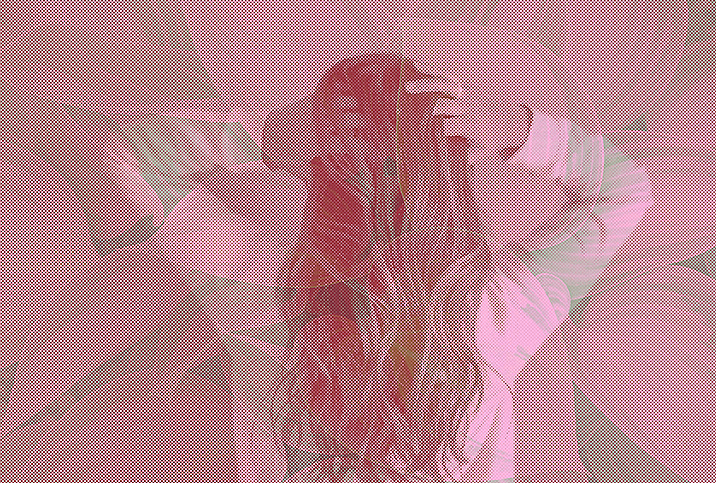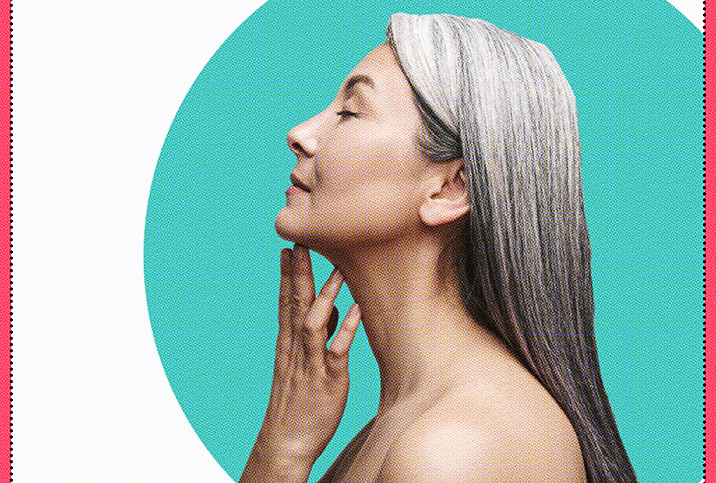How to Care for Your Hair

Our hair is one of the first characteristics people notice about us; its appearance can speak volumes. The care we take with our tresses can influence how people perceive us and affect our self-esteem.
Sporting a healthy, lush head of hair gives us a sense of power and control. Think about it. You don't hear anyone talking about "good makeup days" and "bad makeup days" or "good beard days" and "bad beard days," but the term "bad hair day" has evolved to mean much more than a day when your 'do…doesn't.
The U.S. hair care market had an estimated value of $47 billion in 2016, and that figure is expected to rise to more than $50 billion by 2025, according to statista.com. A survey indicates that while amounts vary from state to state, the average woman spends $55,000 on her hair in the course of a lifetime. While no similar statistics were found for men, anecdotal evidence suggests they care as much about their locks as women do.
While it can look quite different, men's and women's hair are the same, physiologically speaking. The primary variable is men tend to wear their hair shorter (keeping the ends healthy and frizz-free) and in simpler styles, usually avoiding the damage caused by heat tools and chemical treatments.
Whether we wear it long or short, dyed or natural, keeping our hair healthy and looking good can be an uphill battle.
"Hair gets damaged every day by basically just doing your regular routine," said Eliza Pineda, an in-house care expert at Mayraki Professional in New York City. "Harmful UV [ultraviolet] rays from the sun, cold weather, friction from clothes and pillows, tugging from external factors, and chemicals hidden in your regular hair products can all cause damage."
However, you can mitigate some damage by following a few simple steps.
Start at the top
The condition of your scalp has as much to do with caring for your hair as the tresses themselves. If your scalp is oily, you should shampoo more frequently. If it is on the dry side, you may choose to skip a few days or more between washes, especially if your hair is chemically treated, which makes the area more sensitive.
"When you apply shampoo, keep it on your scalp and resist the urge to rub it through the rest of your hair," said Hannah VanMeter, a hair and makeup artist in Narragansett, Rhode Island. "Rinse with plenty of warm—not hot—water, and let it run from scalp to ends."
Resist the urge to rub your scalp or your hair when rinsing, she added.
Condition every time you wash
Conditioners smooth hair, decrease static electricity and increase shine and strength. They can also offer a measure of protection from harmful UV rays. Concentrate conditioner on the tips of the hair and avoid applying it to your scalp, where it can weigh down your hair and make it look flat.
Other steps that can prevent damage:
- Wrap your hair in a towel to absorb the water after washing instead of rubbing it dry.
- Use a wide-tooth comb on wet hair—never a brush.
- Air dry your hair when possible. Use the lowest heat setting on blow dryers, hot combs and curling irons, and limit the time a hot comb or curling iron touches your hair.
- Avoid hair products that promise long-lasting hold.
- Avoid or limit time in styles that pull on hair, such as tight ponytails or buns.
- Always use covered rubber bands to secure any style.
- If you wear weaves or hair extensions, choose light-weight options that pull less on the scalp and have them professionally installed. Leave them in for no longer than three months and preferably less.
- Brush or comb your hair only to style it. Avoid pulling and tugging on your hair, and use a moisturizing conditioner to remove tangles.
Keep styling safe
Heat is a natural enemy of your hair but it's necessary for smooth styles. Fortunately, you can both take the heat and avoid the fry.
"If there's one product I recommend besides a salon-quality shampoo and conditioner, it's a heat protectant," VanMeter said. "They provide a barrier between the hair and your styling tool, seal in moisture and seal the cuticle [the outer layer of hair]."
The main ingredients in most heat protectants are silicones, such as cyclomethicone, which coats your hair in a moisturizing film, and dimethicone, which keeps hair smooth and prevents moisture loss. VanMeter recommended looking for natural ingredients such as sunflower seed, aloe leaf and ginkgo biloba extracts for extra nourishment.
Product ingredients: The good and the bad
Hair care products can contain anywhere from a small handful to 30 or more ingredients, which do everything from cleaning and moisturizing your hair to helping other ingredients work and creating the appropriate viscosity. Some ingredients are harmless—others not so much.
"A lot of hair products out in the market contain chemicals that can damage the hair with long-term usage," Pineda said.
Those chemicals include but are not limited to:
- Sulfates
- Parabens
- Formaldehyde
- Phthalates
- Alcohol
Obviously, you want to choose products that do more good than harm, not the other way around.
"It's best to look for products that contain 100 percent organic ingredients to make sure that everything is gentle and nourishing for the hair," Pineda said.
Those ingredients include coconut, avocado, olive oil, hemp, honey, chamomile and essential oils, such as peppermint, lemon and lavender.
Textured hair needs extra care
While Black people's hair comes in a variety of textures, thicknesses and curliness, it is generally more prone to dryness and, therefore, more fragile.
It's best to wash weekly or even less often with a moisturizing shampoo and conditioner each time. You may consider deep conditioning or oil treatment once or twice a month. Some oils to reach for include jojoba oil, shea butter and emu oil.
Hair color
"Hair coloring, especially when done often, can be a cause of major damage," Pineda noted. "It's best to stay away from box dyes or permanent color if you want to color your hair."
These types of dyes contain chemicals harmful to your hair and health.
"Opt for semipermanent or demipermanent color, which will give you the effect that you want for a shorter time and with minimal to zero damage," she added.
Gray matters
Hair grays for many reasons, including stress, poor nutrition and genetics, but the primary culprit is aging.
"Gray hair means that the hair shaft fails to produce the pigment that gives your hair its natural color," Pineda said. "Pigment production stops mainly because the cells decrease over time with old age."
But as the color of your hair changes, so does its texture. Gray hair tends to be coarser and thinner and needs a little more tender loving care.
"Protein and hydrating treatments should be done more often," Pineda explained. "The products that you choose for your everyday routine should have antiaging benefits and contain ingredients that are nourishing for the hair, and hair must always be protected from damage. This will help your hair absorb extra nutrition and prevent long-term damage."


















